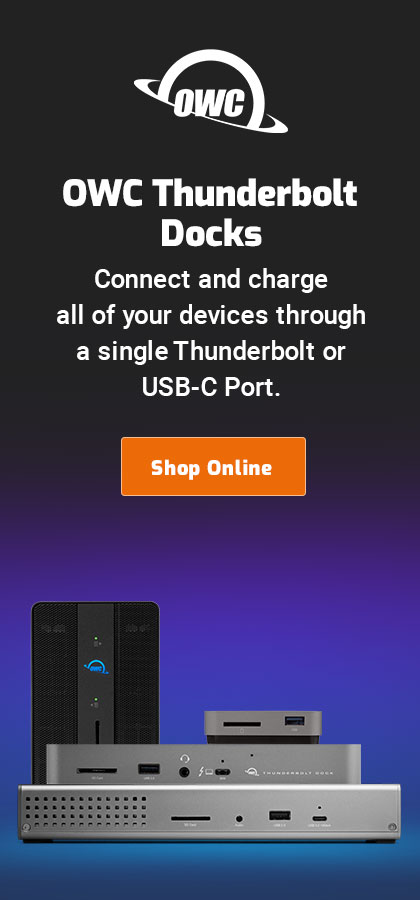
|

|

|

$610 SAVE $110 = 15.0% ZEISS 32mm f/1.8 Touit Lens for FUJIFILM X OUT OF STOCK in Lenses: Mirrorless
|

|
Upgrades: Know Your Priorities
Upgrading is multivariate:
- Performance — reduced time for your tasks. This can be free— see Optimizing Mac Performance.
- Reliability and backup — resilience to failure and less chance of data loss.
- Efficiency and accuracy— a larger screen, a better mouse, a color-calibrated display.
- Ergonomics — adjustable screen, lower noise, lower heat, greater ease of use.
Losing data = the ultimate poor performance
The most common mistake I encounter with clients is an initial emphasis on performance without serious consideration for reliability and a backup plan. Losing all your data is the ultimate in low performance.
Upgrading is not just about increasing speed: it's also about expanding storage capacity and preventing permanent loss of your important data—especially important for working professionals.
Nothing is slower, or more frustrating, than trying to redo that 10-page spreadsheet by hand, or reshoot those images that cannot be reshot! So protect yourself by choosing reliable, quality components and make backups that you store well away from your computer. That way, a fire, flood, or other disaster won't destroy the computer and your backups at the same time.
Be realistic about the limits
A slow CPU can only run as fast as it was designed, so upgrades can only bring it to its best performance, but never exceed it. Sometimes the only answer is a new Mac, but even a new Mac needs upgrades to make it perform at its potential.
For example, a 2006 Mac Pro can be improved in multiple ways, but any similarly configured 2010 Mac Pro will still run rings around it; the CPU is just not fast enough.
So the question is whether your current Mac suffers from serious performance issues that are not related to the speed of the CPU, or the number of cores. If so, then upgrades make a great deal of sense..

 diglloydTools™
diglloydTools™

